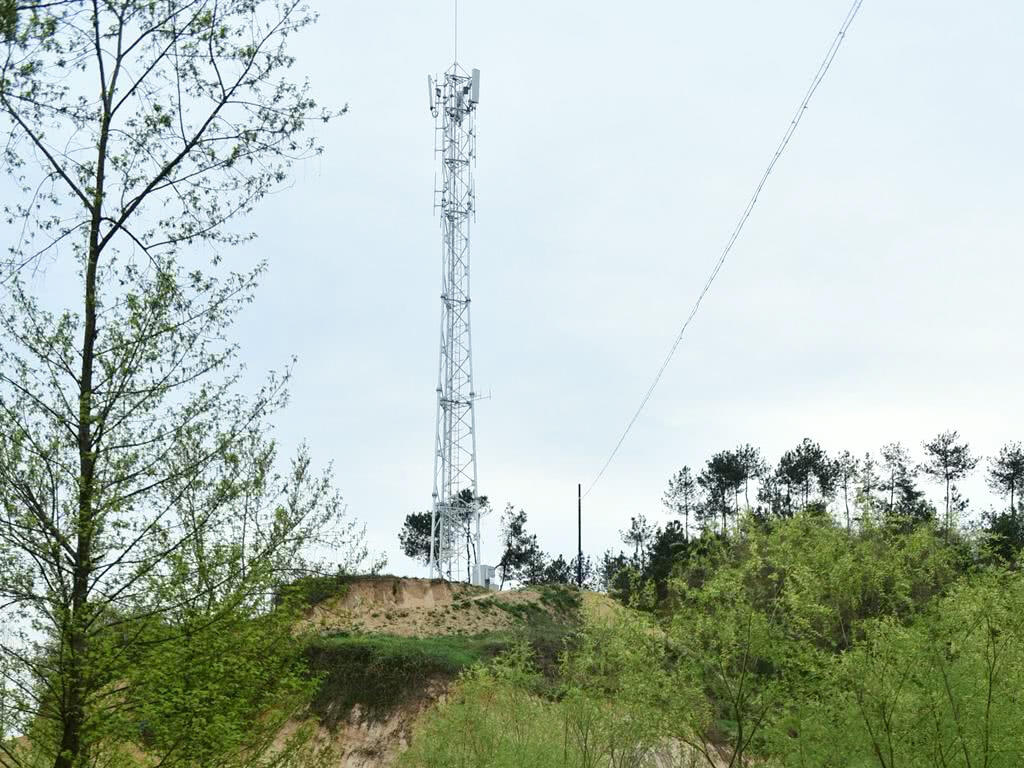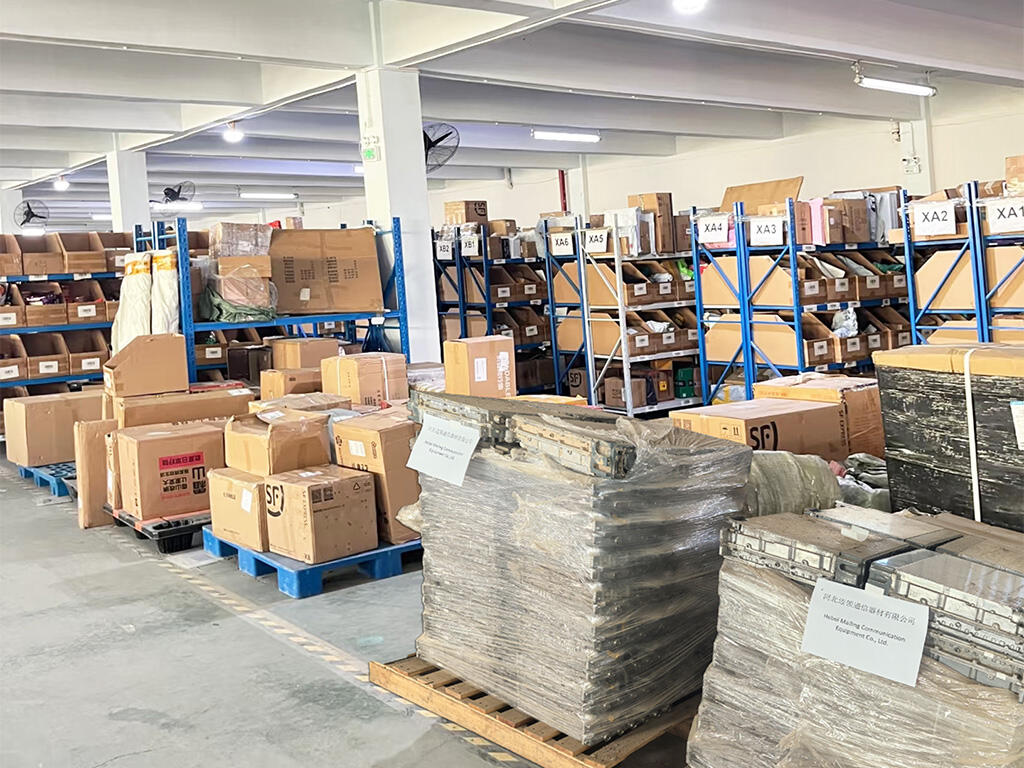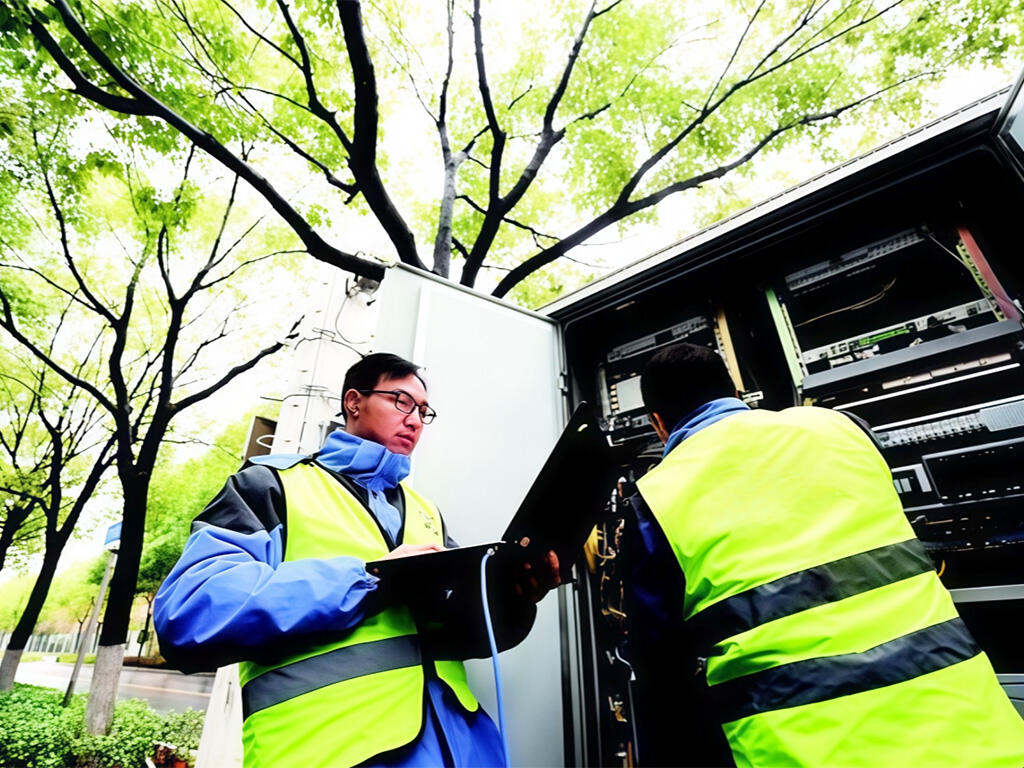In a personal and professional capacity, staying connected in today’s digital world requires reliable network coverage and mobile data services. Communication towers work to improve device connection by expanding coverage areas. This blog post will discuss the importance of communication towers, their role in telecommunications infrastructure development, and trends that will shape the future of this important industry.
Understanding Communication Towers
Communication towers or cell towers are designed to help facilitate wireless communication. Communication Cell towers are placed strategically where antennas and other devices that enable mobile and data services to receive and send signals. Due to the high demand of mobile data and internet services, the importance of these communication towers has increased their presence in recent years.
How Network Infrastructure is Impacted
The construction of communication towers is pivotal in augmenting network infrastructure. With a higher number of towers available, network providers can boost signal strength and decrease dead zones areas where signal is either completely absent or significantly weak. This expansion not only benefits individual users but also assists businesses that depend on robust internet connectivity for smooth operations. As more towers are put into place, the network's capacity increases, which translates to more concurrent users without a decline in service quality.
The Advancements Made on Communication Towers
The functionality of communication towers has seen these recent advancements made to them. The way data is transmitted is being changed with innovations like 5G Communication. 5G towers provide much higher data transmission speeds, reduced latency, as well as increased ability to connect more devices at the same time. Furthermore, any advancement that is made, the design of the towers and materials used make it efficient as well as easier to put into place. To meet the demands of modern communication the improvements are essential ranging from streaming services to smart city services.
The Issues Pertaining to Tower Deployment
As critical as towers are, there issues that accompany thier deployment. These include: Digital divide gap, lack of economic returns, technological constraints. It is important for providers to concider the above mentioned issues while attempting to acheive regulatory compliance. Participation at the local level often helps in overcoming public objection. When people see how connectivity improves their lives helps in countering oppose to deployment of new towers and.
The Next Developments in Communication Towers
As mentioned earlier, communication towers will change as technology changes. The case in point here is the ongoing transition to 5G. New focus will be put on small cell towers those are more compact and can be installed in urbanized locations where greater mobile coverage is needed. Furthermore, the installation of renewable energy sources on thses towers is expected to rise and allow for a greater degree of sustainability within the sector. As the demand for connectivity rises, and tablets and mobile devices become more widely used, the importance of the communication towers will further increase.
To sum up, communication towers play a key role in improving network coverage and modernizing the infrastructure for different kinds of communications. In our rapidly decentralizing world, heavily reliant on technology, these towers will continue to be of utmost importance to guarantee that users, be it an individual or a corporate entity, use these services seamlessly.










